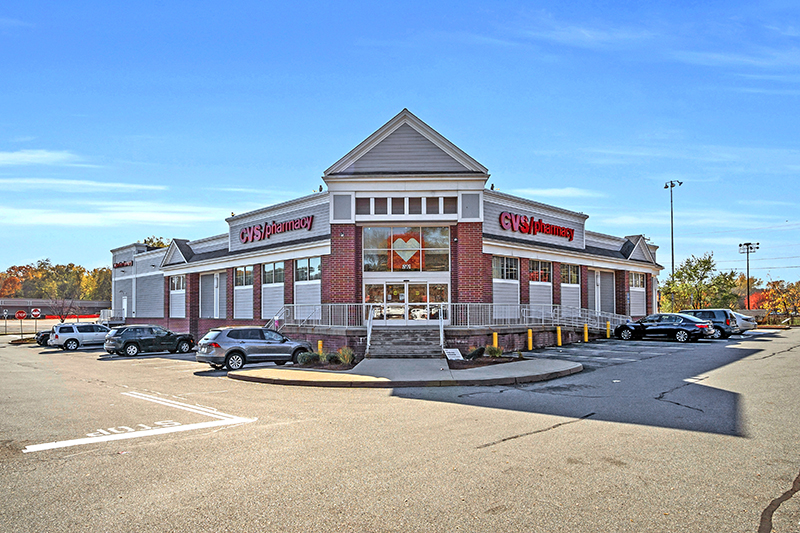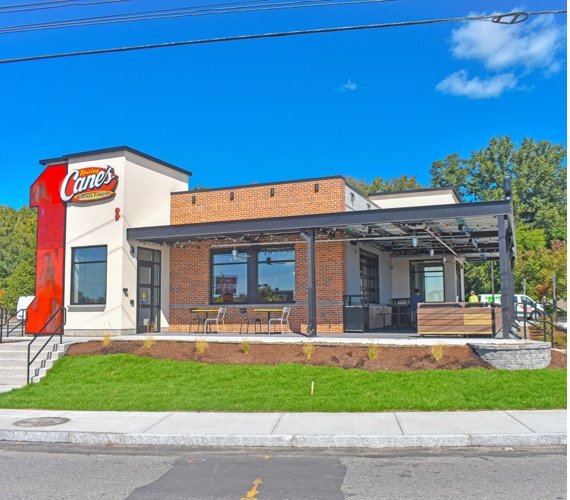Question of the Month: With the changing administration, will cost segregation studies be beneficial sooner rather than later? - by Jeff Hiatt
 Jeff Hiatt, MS Consultants, LLC
Jeff Hiatt, MS Consultants, LLCWith the new administration set to take over in January 2017, there is widespread optimism that corporate tax rates will be lowered. Should this campaign promise become reality, there will be a number of far-reaching implications.
Developers and owners of real estate who follow changes in tax codes plan around two scenarios: one, what to do under present tax law; and secondly, what to do in anticipation of a change.
Operating under the current corporate tax rates of 39%, plus the added 3.8% from the Affordable Care Act (Obamacare), one strategy that is very helpful for developers is the use of cost segregation studies. Because there is a good chance that tax laws will be enacted in 2017 that will result in lower rates, the window of time to enjoy larger tax savings through a cost segregation is now, while the rates are higher.
Many people wait to see how much a tax rate will increase before availing themselves of the advantage of cost segregation, believing the higher the tax rate the more they can depreciate and in turn save. It’s a little like waiting to see how low the mortgage rates will drop before refinancing a house – but in reverse.
It’s possible, perhaps even likely, that tax rates are as high as they’re going to be for a while, so while they’re still high, this is a good time to come in off the sidelines and undertake a cost segregation study for the tax savings. That means before the March or April deadlines, and/or September or October extensions.
So, how does this all work?
Basically, it means that as an owner/developer, you may have a limited window of opportunity to take the maximum advantage of some tax-saving opportunities. There is a combination of existing strategies which provide opportunities to lower tax liability in the early stages of a building project, and to increase cash flow.
However, lesser known is the process of cost segregation studies, which serve to maximize tax savings for organizations that own real property.
A cost segregation study allocates various classes of assets to their proper depreciable lives required by the IRS. In the absence of a cost segregation study, all assets in commercial buildings are written off over a period of 39 years, or 27.5 years in the case of residential property.
However, a cost segregation study allocates assets to various depreciable lives ranging from five to 39 years, allowing a taxpayer to take increased depreciation over fewer years for a portion of the building costs. The increased depreciation results in larger tax deductions and fewer taxes paid, netting increased cash flow during the beginning years of a project when revenue/funds are tied up and/or when cash is needed to acquire additional property. This allocation of assets may also work to unlock bonus depreciation for eligible property.
A cost segregation study also offers a cost break-out for structural components of a building that are required to be depreciated over the 39 years for commercial buildings and 27.5 years for residential property. A cost segregation study involves hundreds of thousands of line items, so when assets are replaced the taxpayer can write-off the net tax value of the replaced asset in accordance with the Tangible Property Regulations. In many cases when a taxpayer acquires a property the building is input on the depreciation schedule in a single lump sum amount and depreciates over the 39 or 27.5 years. This can create a potential dilemma down the road when, for example, new windows need to be installed on the property and the taxpayer is unable to determine the cost of the original windows.
So, what is involved in a cost segregation study? For starters, when a commercial property is purchased or constructed, a building asset is created and entered into a fixed-asset system as a commercial 39-year or residential 27.5-year property. When utilizing the “straight line” method, property owners can take portions of the purchase as taxable income deductions each year of the total schedule. A cost segregation study will analyze all components of the building and assign them with varying recovery periods, providing property owners with tax advantages over the straight line depreciation method. For instance, certain components of a property might be assigned a five-, seven- or 15-year tax life; the shorter lives are depreciated at a faster rate to significantly increase tax deductions.
The most beneficial time to have a cost segregation study performed is when a building is purchased or before the end of the tax year so that tax savings can be optimized. For smaller buildings, a cursory allocation might be chosen by the accountant. Typically though, for any building over $500,000, a CPA will retain the services of a cost segregation studies firm to help allocate values.
In case you did not initially complete a cost segregation study, all is not lost. For buildings that have been owned for up to (roughly) 10 years, cost segregation is still a very viable strategy. A cost segregation study can be used to retroactively pick up missed depreciation in the current year without amending a tax return. Special attention must be used here as a 3115 will be used to claim the adjustment to current taxation. Firms providing the cost segregation study should be able to provide this document to the CPA.
An initial assessment will determine whether a cost segregation study is feasible for a particular property based on cost versus benefits. In other words, if the cost of the study exceeds the potential benefits in tax savings, then the study isn’t feasible. Usually, any property purchased for over $500,000 will deliver a strong tax deferral well above the fee for the study. With basic details about the property and the transaction, estimates can be provided prior to spending money on a study.
If it proves to be feasible, however, you will find it well worth the time and effort. It’s been said that there are two certainties in life: death and taxes. We can’t do anything about the first, but it’s to our advantage to make certain that we pay the taxes we owe, but not more than that.
Jeff Hiatt is director of new business development at MS Consultants, LLC, Williamsville, N.Y.
Mace of KeyPoint Partners negotiates 36,192 s/f lease for The Picklr at Endicott Square
Danvers, MA KeyPoint Partners (KPP) negotiated a lease with the nation’s premier indoor pickleball venue The Picklr at Endicott Sq. Vice president of retail brokerage Don Mace negotiated the transaction on behalf of the landlord.





.jpg)


